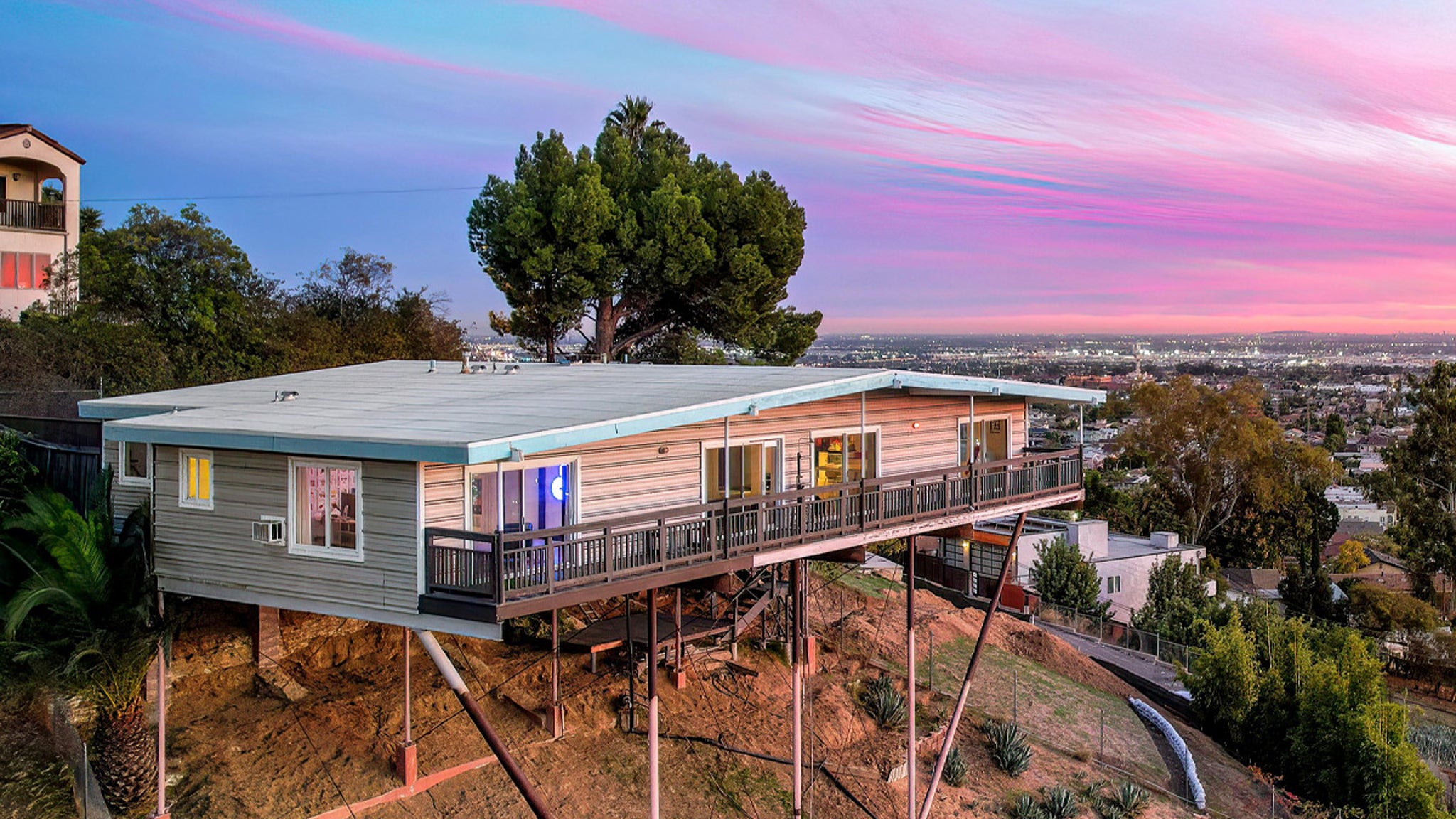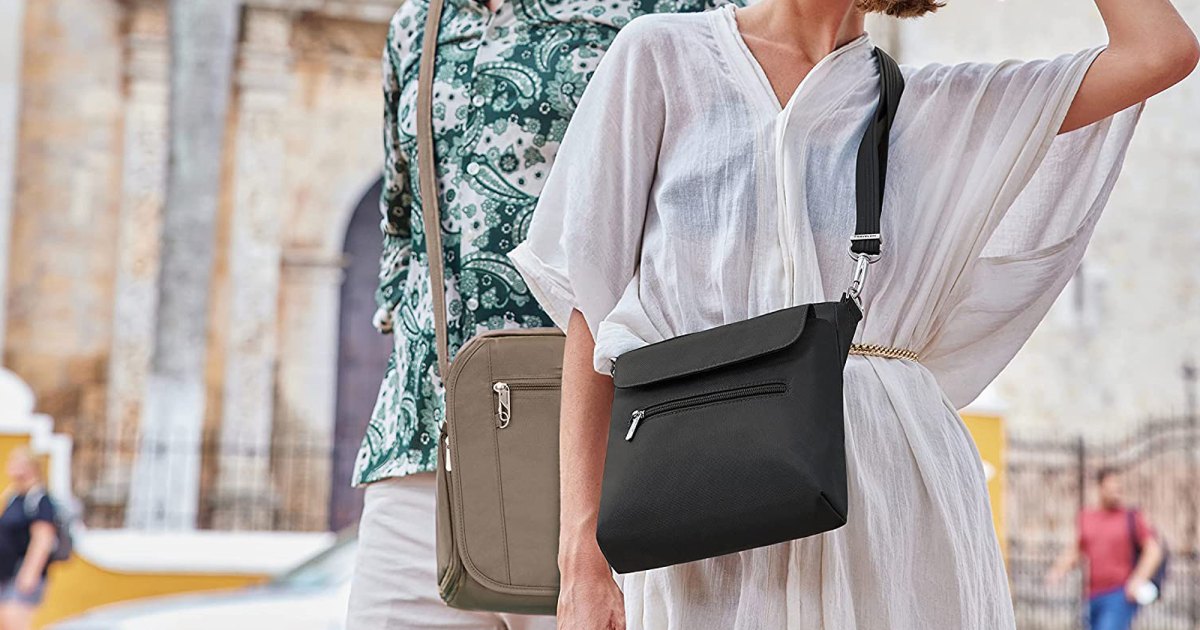Food
How to Make Deviled Crab Backs, a Lowcountry Staple

Growing up on Hilton Head Island, S.C., Andrew Carmines loved visiting nearby Singleton Beach for its promise of deviled crabs, a cousin to crab cakes that originated here in the South Carolina Lowcountry, served from a seaside shack.
But while crab cakes highlight large, delicate lumps of blue crab, deviled crab stretches smaller, fishier bits of claw and body meat into a filling appetizer or entree with mayonnaise, bread crumbs, sautéed onions and garlic and a hit of cayenne.
“It was a way to utilize part of the crab that was less desirable,” said Mr. Carmines, adding that the legs and claws stand up better to more aggressive seasoning.
Now 45, Mr. Carmines, a chef and oysterman, serves his family’s take on the dish, with spiced meat mounded into a clean cooked crab back, then broiled until golden brown, at Hudson’s on the Docks on Hilton Head Island, where he is the second-generation owner. (Mr. Carmines’s parents bought the seafood restaurant, built on the site of a former oyster factory, in 1975.)
“Fishing and crabbing are a huge cultural aspect of the area, and they have been for a long time,” said Mr. Carmines, adding that the very foundation of his restaurant is built on a peninsula formed by discarded oyster shells.
For many locals, deviled crab is a meal and a business. Sallie Ann Robinson, a chef, tour guide and historian of Gullah Geechee descent, remembers learning to make the dish from her mother, who sold it to tourists.
“Crabbing was part of our work, our play and a part of our income,” she said.
Born and raised on nearby Daufuskie Island, Ms. Robinson and her family would clean and cook the bushels of crabs they’d collected, with adults handling the prickly, intricate bodies, while Ms. Robinson and the other children would pick the meat from the claws and legs. Her mother would then make a large batch of deviled crabs, having the children help fill the backs, getting them ready to be baked. Leftovers were removed from the shell and mixed with rice as a meal.
“People would come all the way from Savannah to buy those crab backs,” she said. Today Ms. Robinson makes her mother’s recipe for private events and by request.
As with any regional dish, there are many variations depending on personal taste and ingredient availability. With South Carolina’s blue crab population in decline, home cooks and chefs have had to make substitutions. “Crab backs,” made of aluminum foil folded to mimic the deep cup of a blue crab’s shell, are common, as is the use of pasteurized crab meat. Spiciness also varies. “Each household has their own little twist,” Ms. Robinson says. But the crab should always be the star. “I always tell people: ‘Make it your own but keep it simple.’”
For Mr. Carmines, deviled crab’s brilliance lies in how it speaks to the creativity of Southern home cooks.
“We don’t waste anything, it’s just ingrained in the culture,” he said of Southern cooks, pointing to dishes like fried green tomatoes, which make use of tart green tomatoes that won’t ripen, and oyster roasts, that use brittle-shelled oysters that can’t be separated.
Deviled crab was born of the same principle.
“That’s what I love about food traditions in the South,” he said. “There’s always a reason behind things.”
























